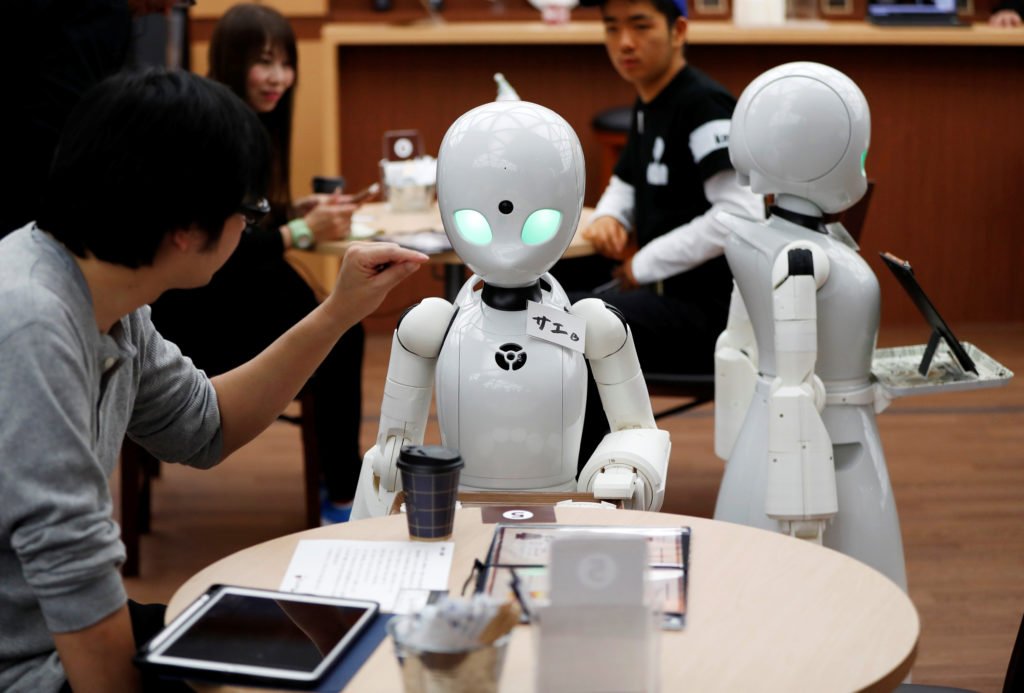In recent years, the field of robotics has witnessed remarkable advancements, paving the way for a new era of automation and efficiency. As technology continues to evolve, autonomous controller robotics emerges as a groundbreaking concept that has the potential to revolutionize various industries and transform the way we interact with machines. This article delves into the promising world of autonomous controller robotics and explores its significance as the future of robots.
Understanding Autonomous Controller Robotics
Autonomous controller robotics refers to a cutting-edge approach in robotics where machines are equipped with advanced sensors, artificial intelligence (AI), and powerful computing capabilities that enable them to operate independently without constant human intervention. These autonomous robots can analyze their surroundings, make informed decisions, and execute tasks with precision, much like human operators but with increased accuracy and speed.
Key Components and Technologies
Several essential components and technologies converge to enable autonomous controller robotics to function seamlessly:
- Advanced Sensors: Autonomous robots rely on a diverse array of sensors, such as cameras, lidars, radars, and ultrasonic devices, to perceive their environment. These sensors provide crucial real-time data to the robot’s AI, allowing it to navigate, detect obstacles, and react to changing conditions.
- Artificial Intelligence (AI): AI serves as the brain of autonomous robots, enabling them to process vast amounts of data, learn from experiences, and adapt their behavior accordingly. Machine learning algorithms empower robots to continuously improve their performance and optimize decision-making processes.
- Computing Power: The success of autonomous controller robotics heavily depends on robust computing capabilities. High-performance processors and GPUs enable robots to handle complex computations swiftly and efficiently, facilitating real-time decision-making.
- Connectivity: Autonomous robots often leverage wireless connectivity, such as Wi-Fi or 5G, to communicate with other machines, central control systems, and cloud-based resources. This connectivity fosters seamless integration and access to a wealth of data and knowledge.
Applications of Autonomous Controller Robotics
The potential applications of autonomous controller robotics are vast and diverse, spanning across industries and sectors. Some notable applications include:
- Manufacturing: Autonomous robots can revolutionize manufacturing processes by streamlining production lines, assembling products with precision, and reducing errors. These robots can work collaboratively with human operators, enhancing productivity and safety in manufacturing environments.
- Logistics and Warehousing: In logistics and warehousing, autonomous robots can efficiently handle tasks such as material handling, inventory management, and order fulfillment. They can navigate through crowded warehouses, optimizing storage space and minimizing human involvement.
- Agriculture: Autonomous robots equipped with AI and advanced sensors can be deployed in agriculture for various tasks like precision planting, crop monitoring, and selective harvesting. These robots enhance agricultural productivity while promoting sustainable practices.
- Healthcare: In healthcare, autonomous robots have the potential to assist in patient care, medication delivery, and sterilization processes. They can also play a crucial role in hazardous environments, such as handling infectious materials.
- Transportation: Autonomous controller robotics holds the key to transforming transportation systems, with self-driving vehicles and delivery drones offering improved efficiency, reduced congestion, and enhanced safety on roads and in the skies.
Challenges and Future Prospects
While the potential of autonomous controller robotics is immense, it also presents several challenges that need to be addressed. Safety and ethical considerations remain critical concerns, especially when robots interact with humans or operate in public spaces. Ensuring data privacy and security in autonomous systems is of utmost importance.
Looking ahead, the future of autonomous controller robotics appears bright. As AI and robotics technologies continue to advance, we can expect even more sophisticated and capable autonomous robots. The integration of 5G connectivity and edge computing will further enhance the real-time decision-making capabilities of these robots, enabling them to operate efficiently in complex and dynamic environments.
In a nutshell
Autonomous controller robotics holds the promise of transforming industries and revolutionizing the way we interact with machines. With the convergence of advanced sensors, AI, computing power, and connectivity, these robots possess the potential to enhance productivity, safety, and sustainability across various domains. As the technology matures and challenges are addressed, we are poised to witness an exciting future where autonomous robots become integral partners in shaping a more efficient and automated world.





